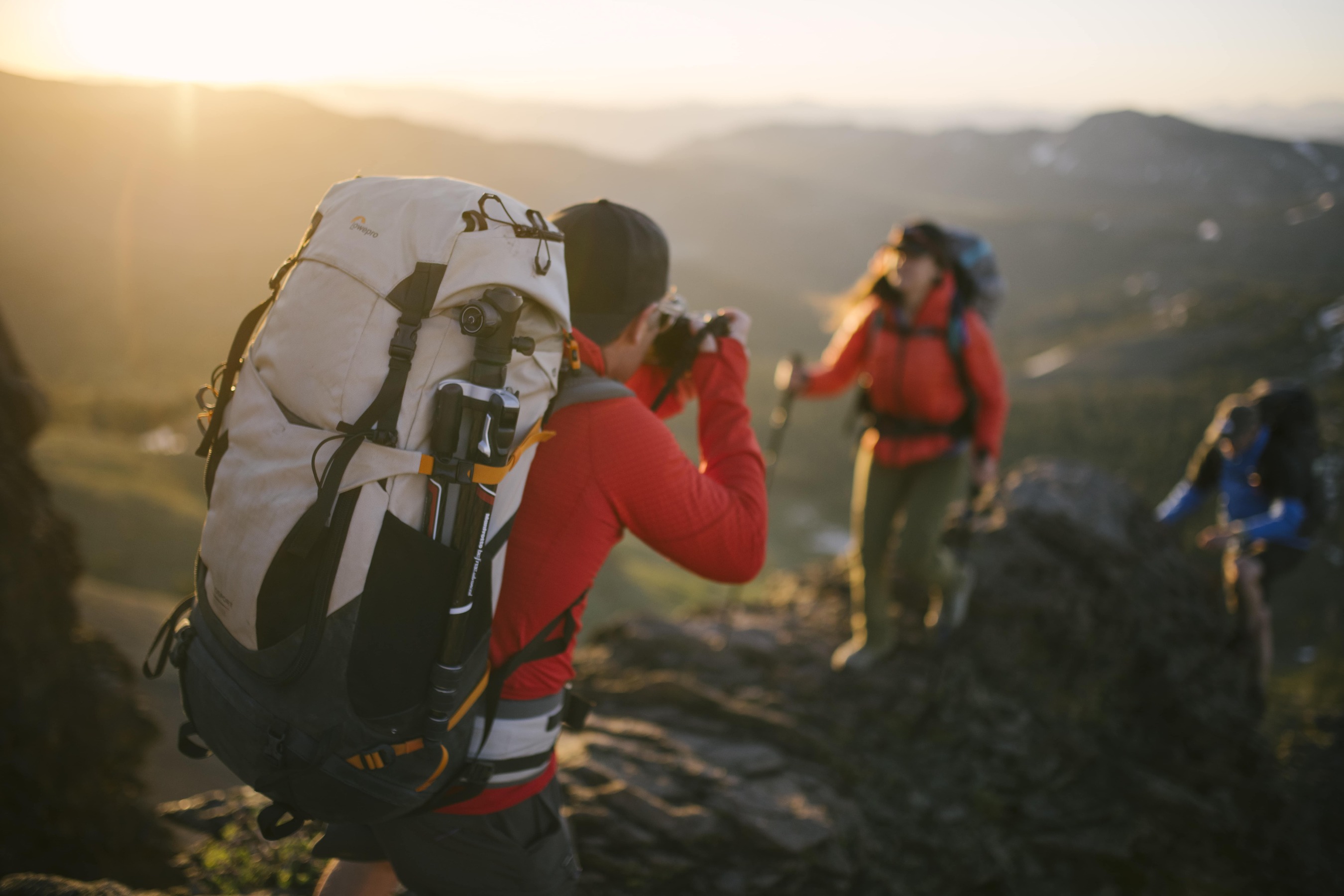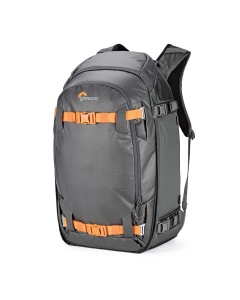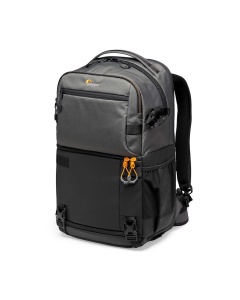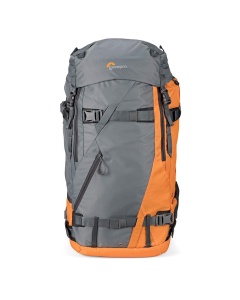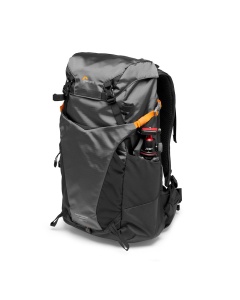Panoramic Photography: Guide to Panorama Photos
20.12.2021 | Reading time: 15 minutes
Author: Lowepro
For nature photographers, there is no doubt that panorama photos are a popular technique. While it takes some preparation, when you shoot in panorama, the results can be dramatic images, capturing the essence of a place and a season. Because a panoramic image shares a wide view, it can tell a complex story about a place — such as showing the patterns in a forest or a mountain range, or how weather silhouettes are moving across the sky. Panoramic photography can be especially compelling for winter landscapes, focusing on snow patterns in a forest, incorporating color contrast and negative space, and playing with different perspectives.
When we are talking about panoramic photography, it’s always shooting outdoors, where camera backpacks are essential to carry all of your gear with you. There are many options and the one that is right for you will depend on how extreme you want to go — whether you are hiking, skiing, or climbing to frame the perfect shot — and the conditions you’ll most likely be shooting in. Here’s a guide to capturing dynamic panorama photos and the gear that will support you in coming back with your winning shots.
What is a Panorama?
A panoramic image frames a field of view that goes beyond a single exposure. It creates the essence of a place by stitching together overlapping images of a scene, using imaging software to create a seamless picture.
In the past, panoramas were formed by connecting enlarged printed images together — but, of course, that left a lot of room for error. Today, photographers will even stitch together hundreds of high-resolution images to create what are known as “gigapixel” panoramas. Panoramic photography is a top choice for anyone who wants to frame the essence of a vast place — whether that’s in an urban or natural setting.


Types of Panoramic photos
What all panoramic photographers have in common is their method of shooting in a wide format,
but among panoramic photos, there are different types. The three most common ones are Partial, 360-degree, and Spherical.
Partial panoramas
Partial panoramas are wide-angle views that are created by joining multiple pictures together, creating a perspective that couldn’t be created with a single shot.


360-degree panoramas
A 360-degree image is a more advanced technique, as it frames the field of view around the photographer in all directions. Essentially, it is created by starting with a partial panorama and then continuing to take pictures until the first image overlaps with the last one.


Spherical Images
Finally, spherical images are ones in which all angles of a scene are framed — even up and down.
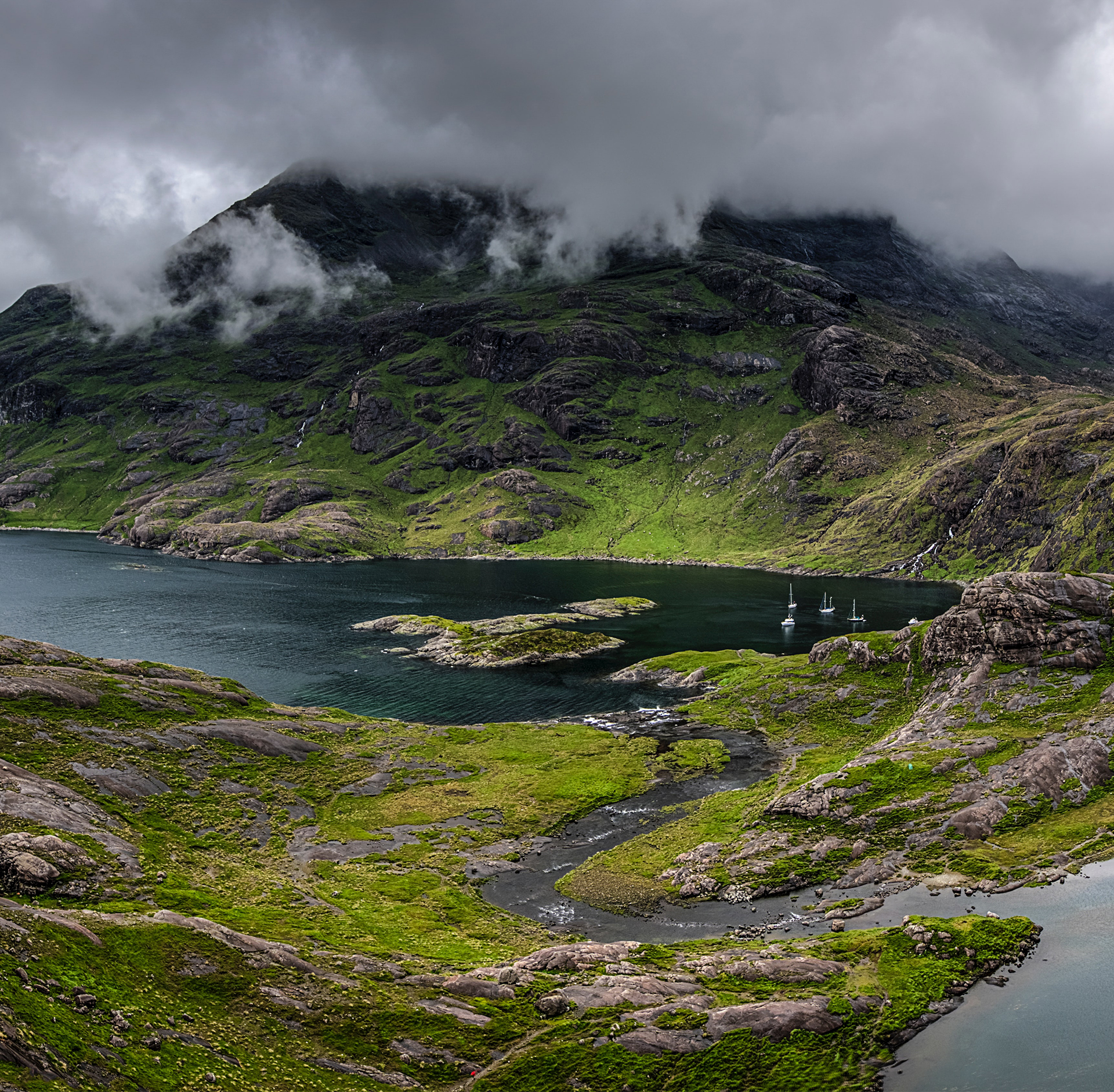

Types of Panoramic photos
What all panoramic photographers have in common is their method of shooting in a wide format,
but among panoramic photos, there are different types. The three most common ones are Partial, 360-degree, and Spherical.
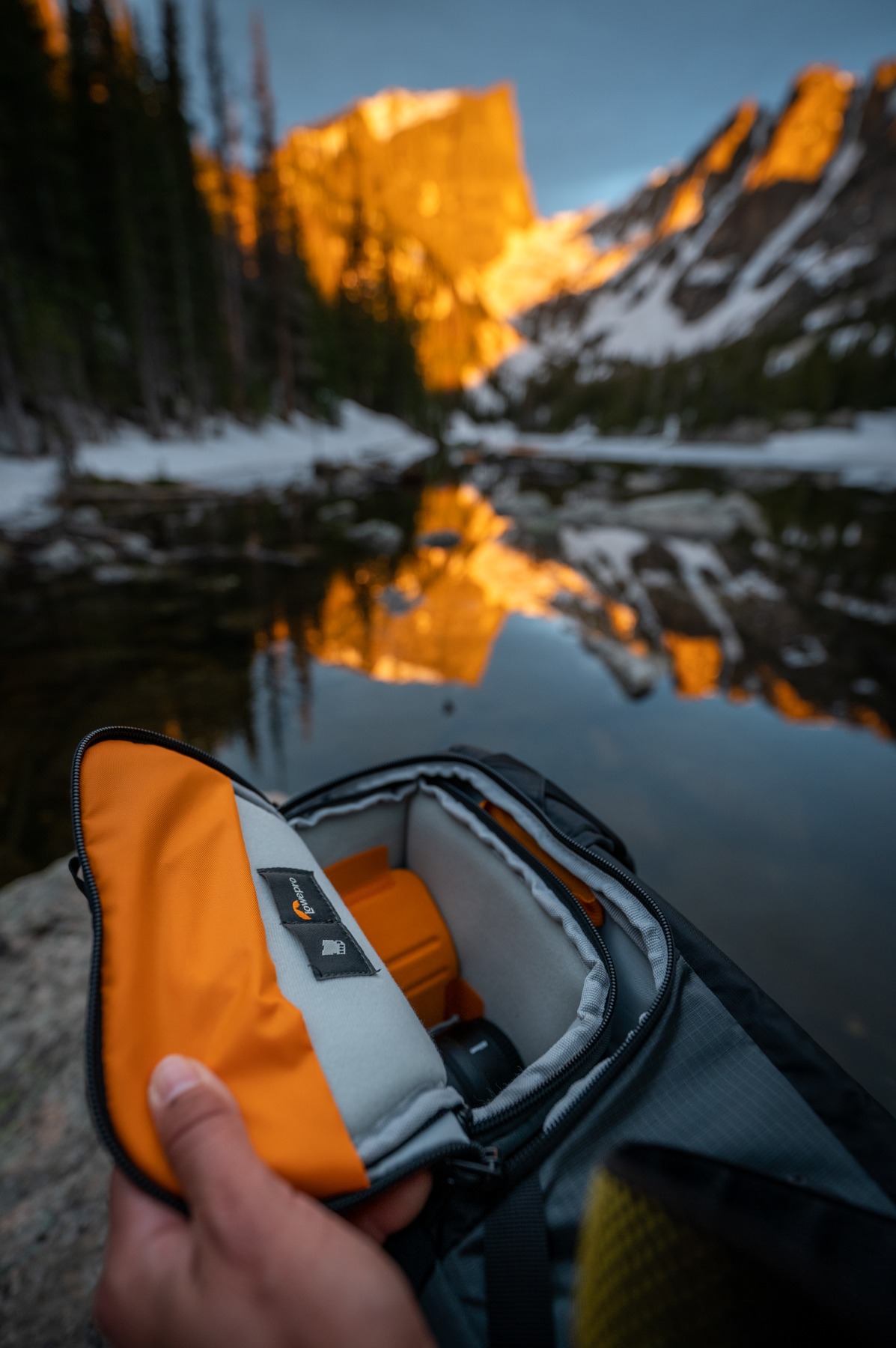

Partial panoramas
Partial panoramas are wide-angle views that are created by joining multiple pictures together, creating a perspective that couldn’t be created with a single shot.


360-degree panoramas
A 360-degree image is a more advanced technique as it frames the field of view around the photographer in all directions. Essentially, it is created by starting with a partial panorama and then continuing to take pictures until the first image overlaps with the last one.
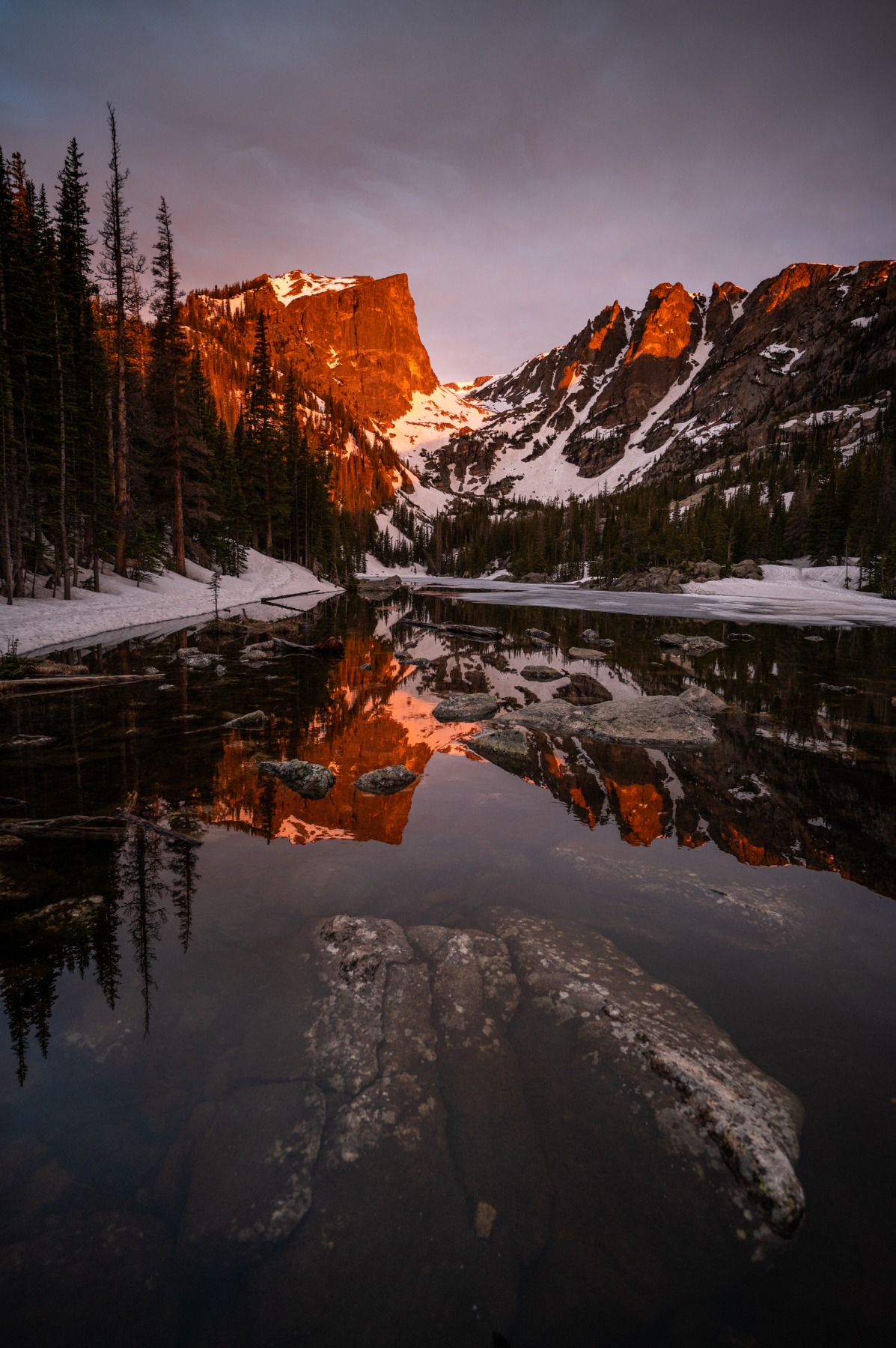

Spherical Images
Finally, spherical images are ones in which all angles of a scene are framed — even up and down.
The difference between panoramic and landscape photography
When we are talking about panoramic photography, you might first think of landscape shots that are framed on trekking adventures. Landscape shots on their own are essentially daylight scenes of land, sky, and water at a distance. Panoramic landscape photography, however, is when you apply the panorama techniques mentioned above to landscape, to create a more dynamic image of your subject. Often, that involves hiking out to a place that may be untouched by humans.
For these types of projects, PhotoSport backpacks are the ideal choice. These bags provide the versatility of a trekking backpack that can hold everything you need for day hikes like hydration, food, and extra layers, plus your camera gear. The bags’ designs allow for configuration based on the gear that you want to access quickly, moreover, different models allow you to distribute the weight however you feel the most comfortable.
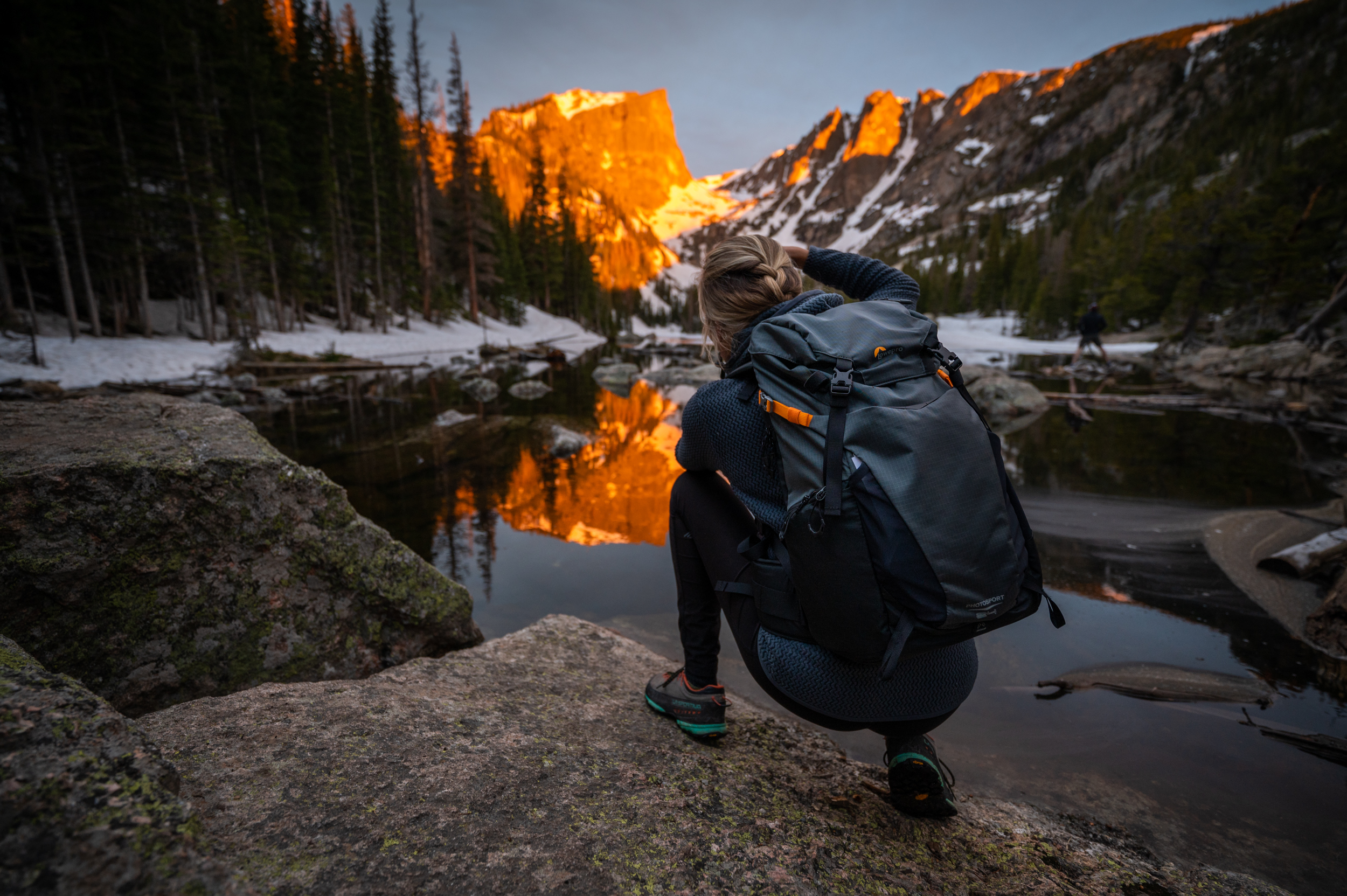

The best panoramic photography equipment
For great panoramic photography, all you really need is a camera and a steady hand. That means that it’s possible to produce quality panoramic shots without a tripod. But, adding a tripod to your gear will improve the level of precision when you stitch photos together. Moreover, a tripod with a panning function and a level base can make it easier for you to frame these images.
If you are on the go while shooting, you’ll want a backpack that can help you easily carry that essential tripod. Expedition backpacks come in many sizes and capabilities, and something like the DryZone 200 can work for short trips when you need to keep your gear dry, without carrying extra weight. As you get more involved in your panoramic photography — and if you will be shooting closer to home — you might opt for camera hard cases, which provide extra protection and can be hand-carried.
With an overview of some essential panoramic photography gear, you might now be wondering how you can pick the best gear for your setup. Knowing that you’ll want some kind of backpack and tripod, consider the environments you’d like to photograph, and you can purchase your gear accordingly. If you are thinking about mountain adventures, then expedition backpacks or PhotoSport backpacks may be for you. As you get more advanced, you may have different gear that is your go-to for different projects.
Get creative and be open to the possibilities for your panoramic photography, whether you are shooting close to home, or in an exotic location anywhere in the world.
